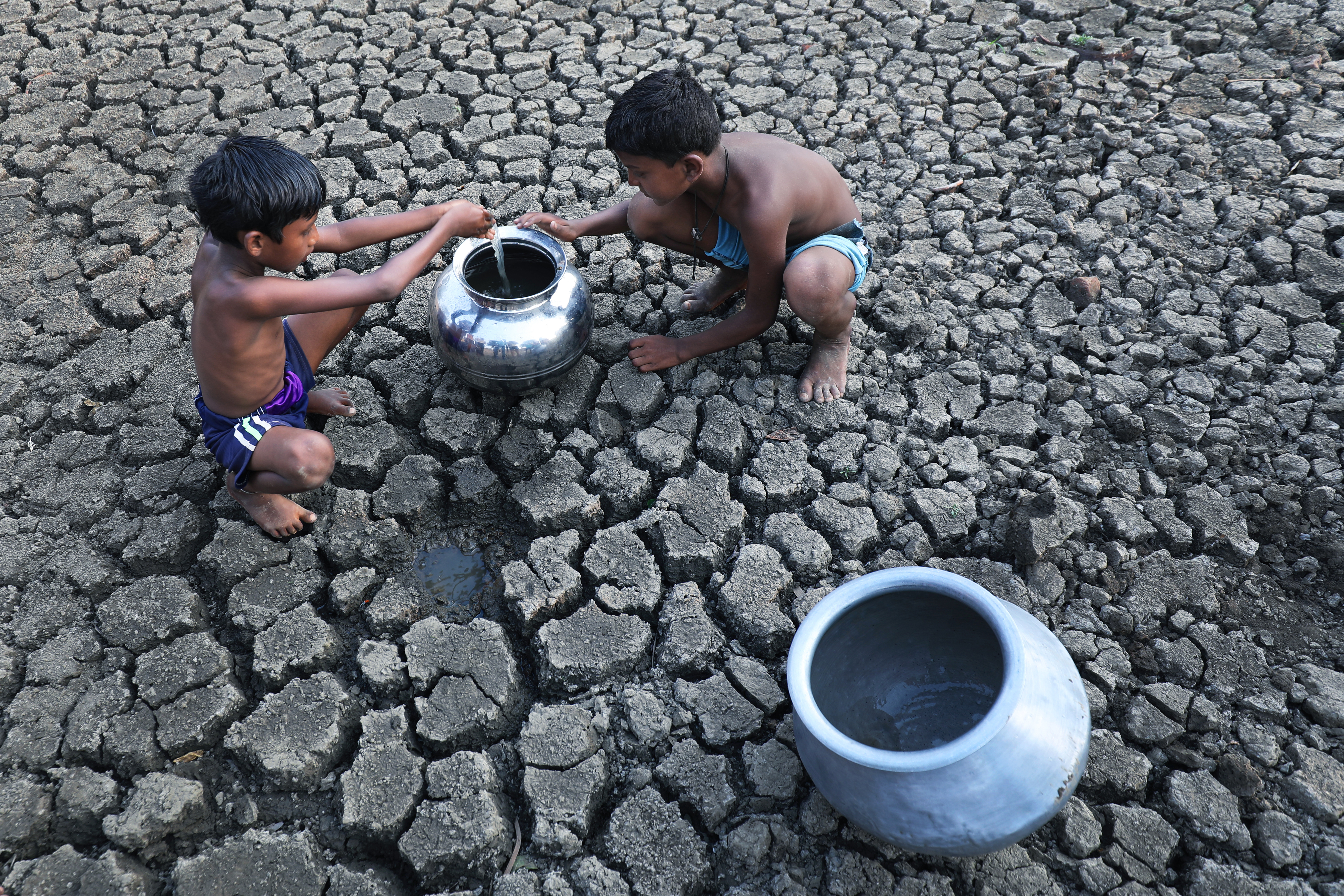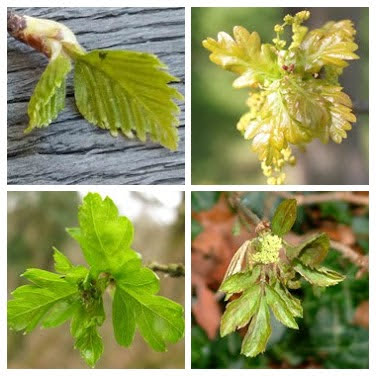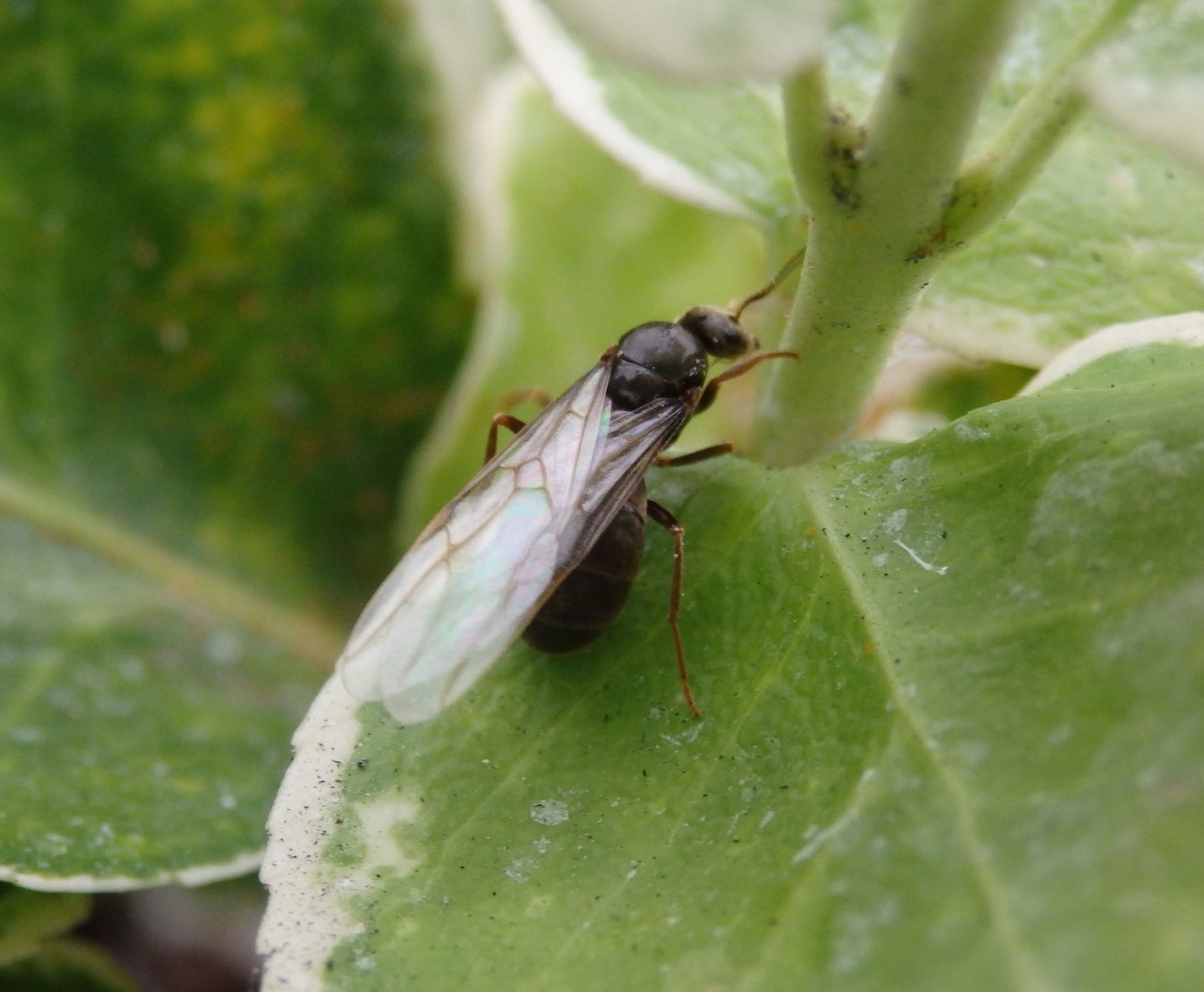

All hands on deck: Climate project opens naval logbooks
Budding weather detectives are being offered the chance to sharpen their skills by taking part in a public project designed to help scientists understand the climate of the past. Visitors to the website OldWeather.org, set up by a number of collaborators including the Met Office and Oxford University, are being invited to trawl through old naval logbooks and input weather observations taken by Royal Navy ships. Volunteers will be asked to transcribe information from the digital copies of the logbooks, making notes of any weather observations.
Dr Peter Stott, Head of Climate Monitoring and Attribution at the Met Office, said: “Historical weather data is vital because it allows us to test our models of the Earth’s climate: if we can correctly account for what the weather was doing in the past, then we can have more confidence in our predictions of the future. Unfortunately, the historical record is full of gaps, particularly from before 1920, and at sea, so this project is invaluable.”
Dr Chris Lintott of Oxford University, one of the team behind the OldWeather.org project added: “These naval logbooks contain an amazing treasure trove of information, but because the entries are handwritten they are incredibly difficult for a computer to read. By getting an army of online volunteers to transcribe the information recorded by British sailors we can relive the climate of the past.”
Most of the data about past climate comes from land-based weather monitoring stations which have been systematically recording data for over 150 years. The weather information from the ships at OldWeather.org, which spans the period 1905–1929, effectively extends this land-based network to 238 seaborne weather stations.
So the game is afoot! Will some young weather detective be the first to spot a theory-shifting trend? Only time, and a new army of weather sleuths will tell.
"




